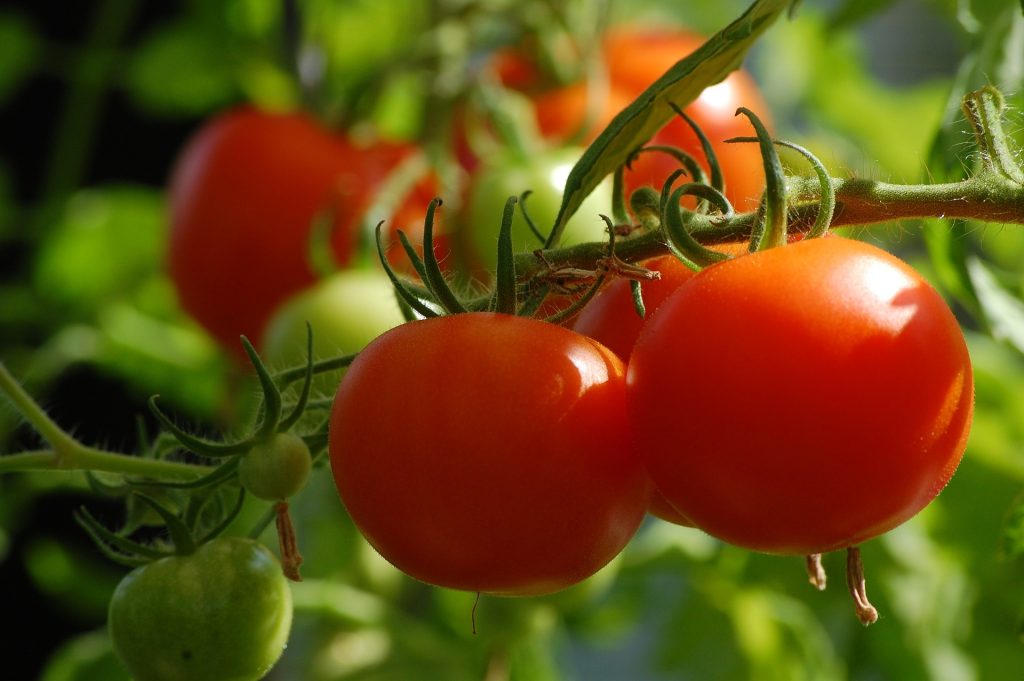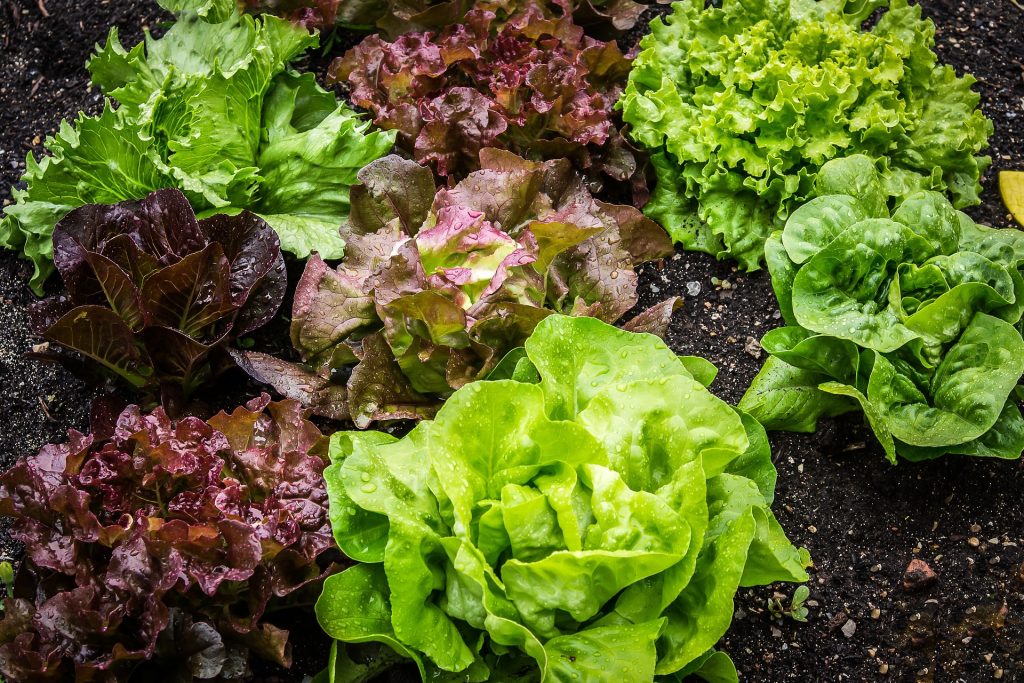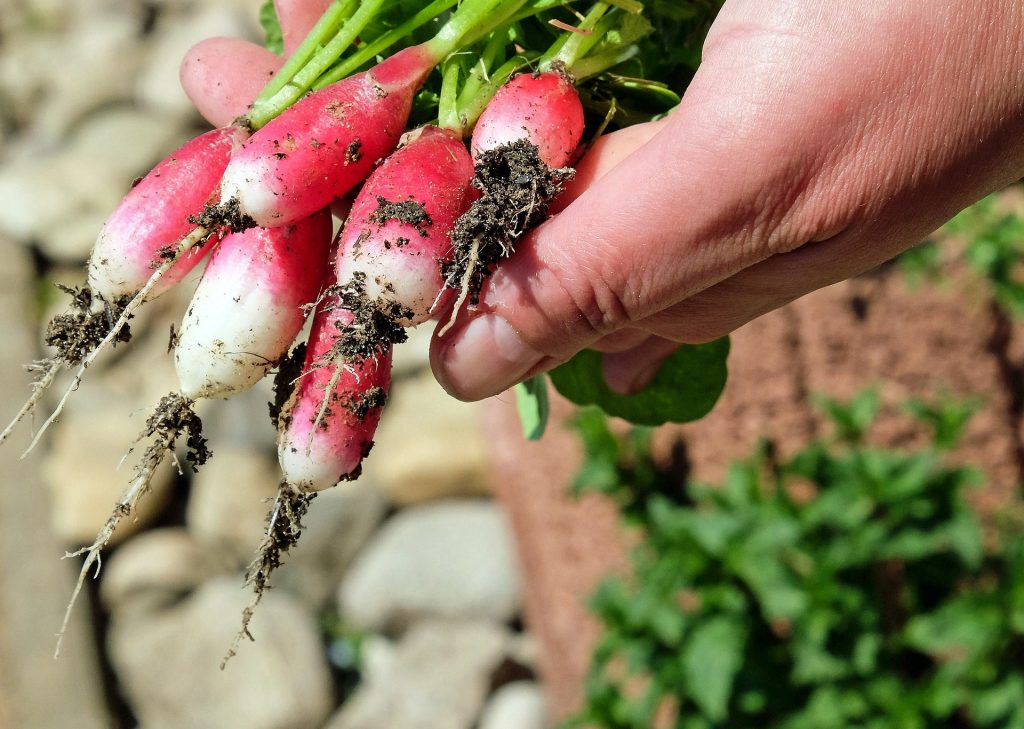As gardeners, our main objective is to grow healthy plants, keep weed growth to a minimum, and protect our valuable plants from pests and diseases. You can do this by utilising companion planting.
Companion planting allows you to plant vegetables, herbs, and flowers together in ways that will benefit both while improving soil quality and attracting beneficial insects.
This article will explain companion planting in more detail and give you tips on how to do it successfully.
Contents
What is companion planting?
Companion planting is basically growing the best plants together with other plants so that they can grow strong, healthy, and produce a lot of fruit. Companion planting is an effective gardening technique for enhancing and protecting vulnerable crops. It is not a completely scientific process, but it is the result of hundreds of years of learning and growing expertise.

How is companion planting beneficial?
Companion planting has a number of benefits. Plants can be used in many ways. They can function as a natural insect repellent, but they can also attract beneficial insects that pollinate flowers and others that feed on pests.
Companion plants can be used as dummy plants to draw pests away from your more valuable plants. It can also be used to repel or attract small animals to your garden, including birds.
Plants can also be used to improve soil quality by increasing nutrient levels. Tall plants, such as tomatoes and corn, can provide shade for crops that do not thrive in direct sunlight.
Companion plants that grow well with tomatoes
Tomatoes and basil go together beautifully in dishes as well as in the garden. Basil not only helps tomato plants yield more fruit, but it also helps to repel flies and mosquitoes. Suitable companion plants for tomatoes include;
- Beans
- Celery
- Corn
- Lettuce
- Dill
- Peas
- Radishes
- Asparagus
- Carrots
- Celery
- Onions
- Lettuce
- Parsley
- Spinach

Some vegetables and herbs should not be grown near tomatoes because they inhibit the growth of your tomato plants. These include;
- Cabbage
- Beets
- Peas
- Fennel
- Dill
- Rosemary
Tomatoes and potatoes both suffer from the same blight, so they should also be kept separate. Corn earworms can attack both tomatoes and corn, so don’t plant them close to each other.
Planting basil near peppers is said to enhance the flavour, but it also helps to repel pests, including;
- Aphids
- spider mites
- Mosquitoes
- Flies
Companion plants that grow well with carrots
Carrots are heat-sensitive, so they can be planted near tomatoes, as the tall plants can give them some much-needed shade. Carrots are also good for tomato plants because they break up the soil, which allows air and water to get to the roots of the plants. Tomatoes also make a chemical called solanine, which is a natural insecticide that kills bugs that eat carrot plants.
Carrots and leeks go well together. Leeks repel carrot flies, and carrots repel onion flies and leek moths. Rosemary, sage, and chive are also effective carrot fly repellents.

Both carrots and parsnips can get the same diseases and pests, so keep them apart so that an infestation doesn’t spread from one plant to the other.
Coriander and dill both produce compounds that can be harmful to carrot plants, which can slow their growth and development. Dill attracts ladybugs that feed on aphids and spider mites.
Companion plants that grow well with beans
Beans will climb cornstalks, so you won’t need to construct a trellis if you plant corn and beans together. Beans also help the corn grow by fixing nitrogen in the soil.
Bean beetles are deterred by;
- Marigolds
- Nasturtiums
- Rosemary
- Sage
Beans, peas, and asparagus should not be planted together.
Onions, spinach, and tomatoes are additional beneficial companion plants. However,
Beans should not be grown with anything from the onion family or beets.
Cornstalks can also provide squash vines with a place to grow. Corn and squash make good plant companions. But you should keep potatoes and summer squash separate, as they are both susceptible to blight. Zucchini also grows well when planted next to corn.

Squash grows well when it is planted near;
- Peas
- Radishes
- Dill
- Marigolds
Cornstalks are also an excellent trellis for other vining or trailing plants, such as;
- Beans
- Cucumbers
- Peas
- Pumpkins
- Melons
Companion plants to grow well with onions
Planting onions close to vegetables that are aphid-prone but friendly to onions will help keep the pests away. The following herbs and vegetables pair well with onions;
- Beets
- Cabbage
- Carrots
- Lettuce
- Parsnips (which are also susceptible to carrot fly)
- Tomatoes
- Marjoram
- Sage
- Rosemary

To avoid onion maggots, which can quickly move from plant to plant, anything from the onion family should never be planted too close to each other; this includes;
- Leeks
- Shallots
- Garlic
Additionally, keep peas, beans, and onions separate. Onions will restrict the growth of these plants.
Companion plants that grow well with lettuce
You can plant mint next to your lettuce to help stop slugs from eating the leaves and repel aphids, ants, and flea beetles; you can also plant chives and garlic to ward off aphids. Parsley tends to grow into a small, bushy plant that can crowd out your lettuce, so keep parsley away from lettuce. Other effective companion plants for lettuce include;

- Beans
- Beets
- Broccoli
- Carrots
- Corn
- Peas
- Radishes
- Marigolds
Companion plants that grow well with radish
Radish and carrots go well together. Radish seeds can be planted at the same time you plant carrot seeds. Radishes grow faster than carrots, so they break up the soil before the carrots start to grow, making it easier for the carrot to grow roots.
Radish should not be planted near hyssop. However, you can plant radish next to cucumbers to draw cucumber beetles away from the cucumbers. You can also keep aphids and beetles away from your cucumbers by planting marigolds and nasturtiums near them. Be aware that cucumber growth will be stunted by aromatic herbs like sage, so keep them away.

Radishes get along well with;
- Beets
- Cabbage
- Kale
- Lettuce
- Spinach
- Onions
- Squash







